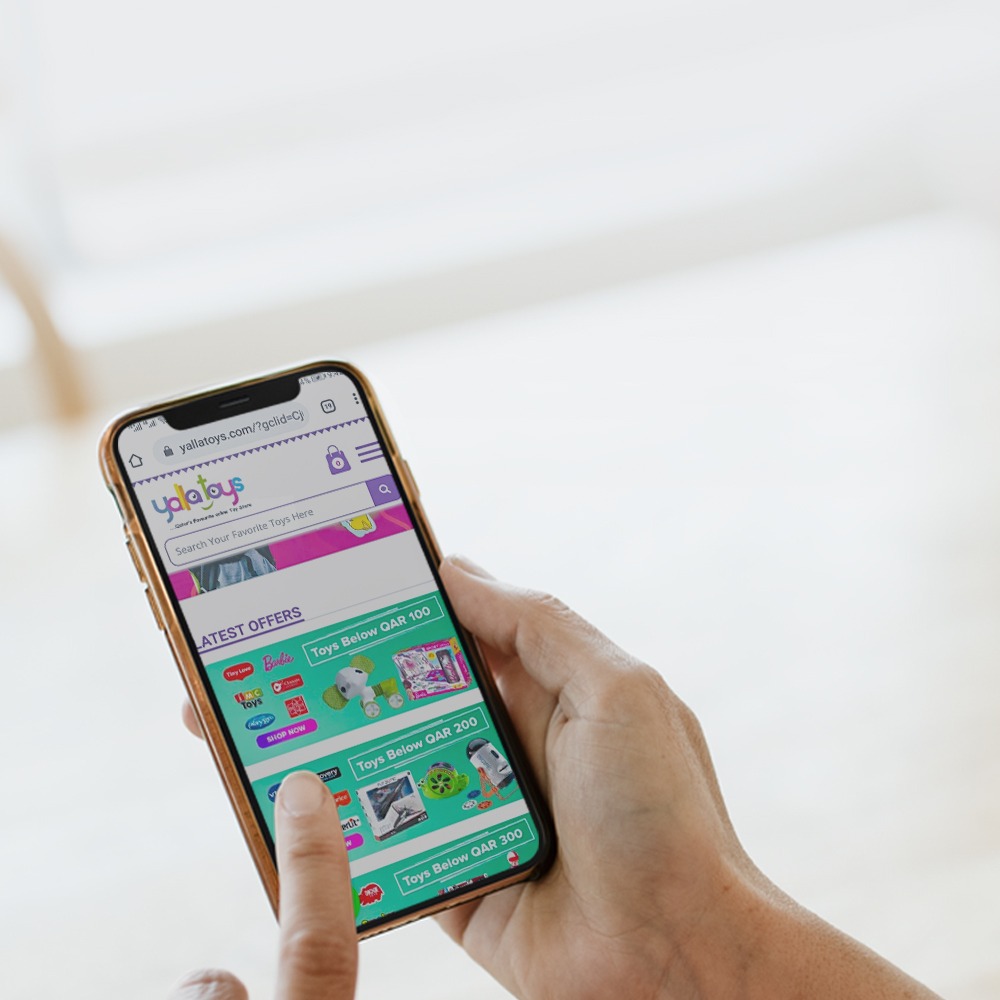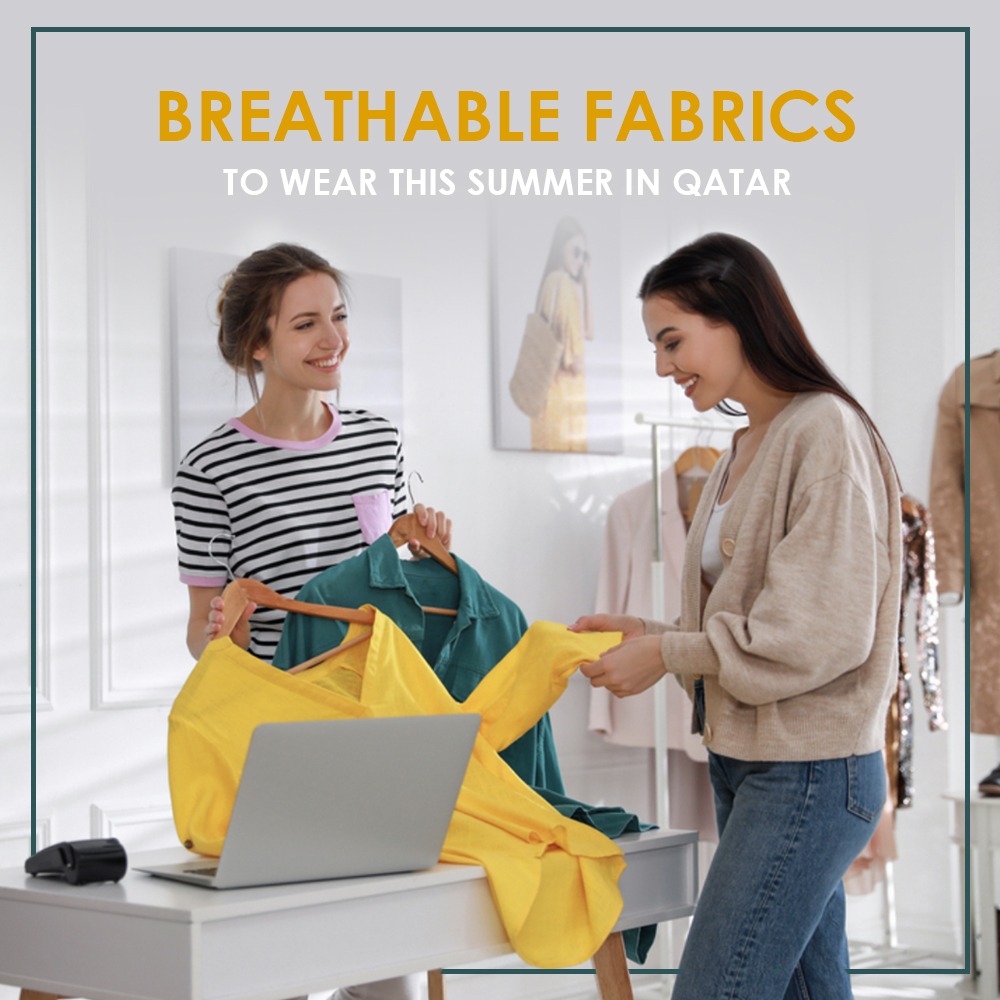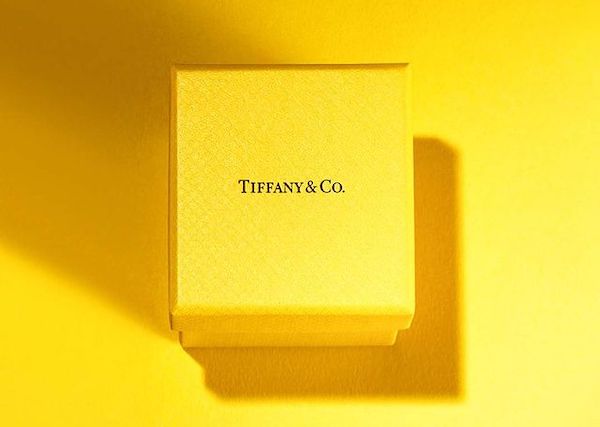
It took less than a month for homemade face masks and coverings to become a common sight in places where people still come into contact. A real shift came when the Centers for Disease Control and Prevention recommended that people wear cloth face coverings in places where the risk of transmitting the novel coronavirus is higher.
The severe shortage of N95 masks, which help protect medical professionals like doctors and nurses from acquiring the coronavirus, has meant that ordinary citizens needed an alternative to help slow the spread.
Social distancing on walks and in stores, and that thorough hand-washing is still the most advocated medical advice for healthy people to avoid acquiring the virus.
Homemade masks come in a variety of patterns and styles, so you’ll want to know the different options available to you — and some hospitals recommend certain designs over others.
Face mask vs. face covering: What’s the difference?
A face covering can be any cloth that covers the nose and mouth, including a scarf or bandana wrapped around the face.
A face mask refers to a more specific shape that usually involves material that’s more fitted to the nose, mouth and skull, as through the use of ear straps.
Here’s what the CDC says: “Cloth face coverings fashioned from household items or made at home from common materials at low cost can be used as an additional, voluntary public health measure.”
How homemade face masks can help
Non-N95 face masks or coverings may not be able to block the smallest particles, but there are some benefits to wearing one, in addition to following other precautions:
- May block large particles ejected from sneezing and coughing.
- Might help protect others from your sneezes and coughs if you acquired the virus but are otherwise asymptomatic and in public.
- Could encourage more mindful behavior, including avoiding touching one’s mouth, nose and eyes.
- Peace of mind.
Where to find face mask patterns to make yourself
When you’re searching for patterns, look for one that goes above the nose and under the chin for maximum coverage. It should ideally fit snugly around your face. These sites have patterns you can make, with how-to guides included:
Source : CNet
More on Lifestyle & Fashion






Leave A Comment
You must be logged in to post a comment.